On November 10, 2024, a source from the People's Committee of Binh Phuoc province said that the People's Committee of this province has just issued Plan No. 325/KH-UBND to implement the Project on developing key industrial crops (coffee, rubber, cashew, pepper) by 2030, in Binh Phuoc province.
This plan aims to promptly and effectively implement the tasks and solutions specified in Decision No. 431/QD-BNN-TT dated January 26, 2024 of the Minister of Agriculture and Rural Development.
Accordingly, by 2030, the goal of Binh Phuoc province is to maintain and develop the area of 4 key industrial crops of the province according to the plan to reach over 356,000 hectares, with an output of 659,780 tons/year. Efforts are made to raise the position of 4 industrial crops to a commensurate height, with local characteristics.
Specifically, the four types of industrial crops include: Cashew trees with an area of 138,000 hectares, output of 250,000 tons; rubber trees with an area of 200,000 hectares, output of 363,000 tons; coffee trees with an area of 8,000 hectares, output of 20,800 tons and pepper trees with an area of 10,000 hectares, output of 25,000 tons.
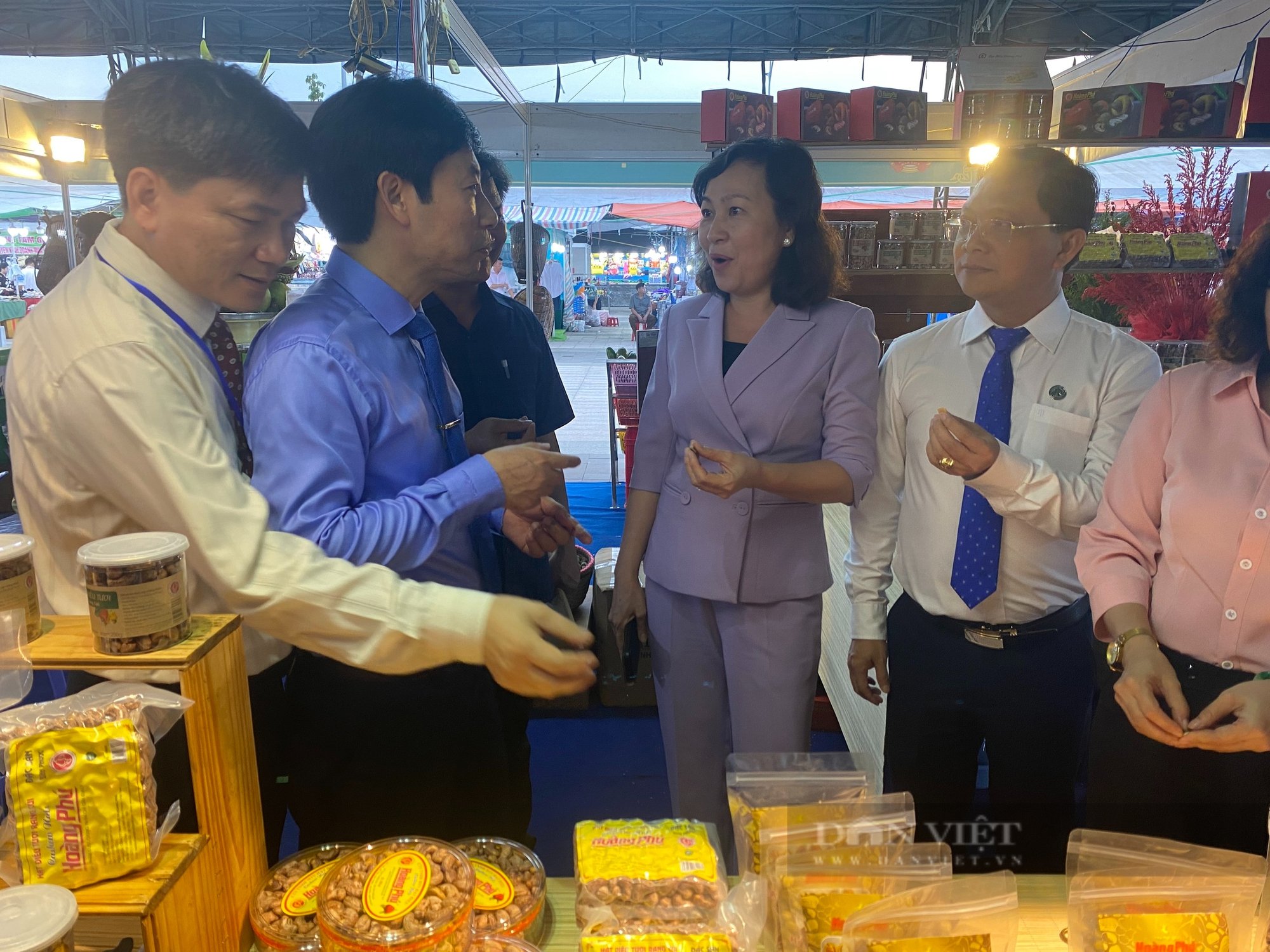
At the 2024 Binh Phuoc Agricultural Products Fair, Mr. Nguyen Xuan Dinh - Vice President of the Central Committee of the Vietnam Farmers' Association (in blue shirt), visited the cashew booth of Hoang Phu Company. Photo: Hoang Hung
The total export value of the province's four main industrial crops (rubber, cashew, pepper, coffee) must reach a turnover value of about 450 million USD (not including the value of wooden products from rubber trees participating in the export).
In addition to increasing the area for planting 4 types of trees and increasing the yield, Binh Phuoc also sets targets on production facilities, product quality, export criteria, etc.
For example, with cashew trees, Binh Phuoc commits that by 2030, 100% of cashew processing facilities will automate the process of separating the hard shell and peeling the silk shell of the cashew nuts, and over 95% of cashew processing facilities will be certified for quality management according to ISO, HACCP, GMP standards...
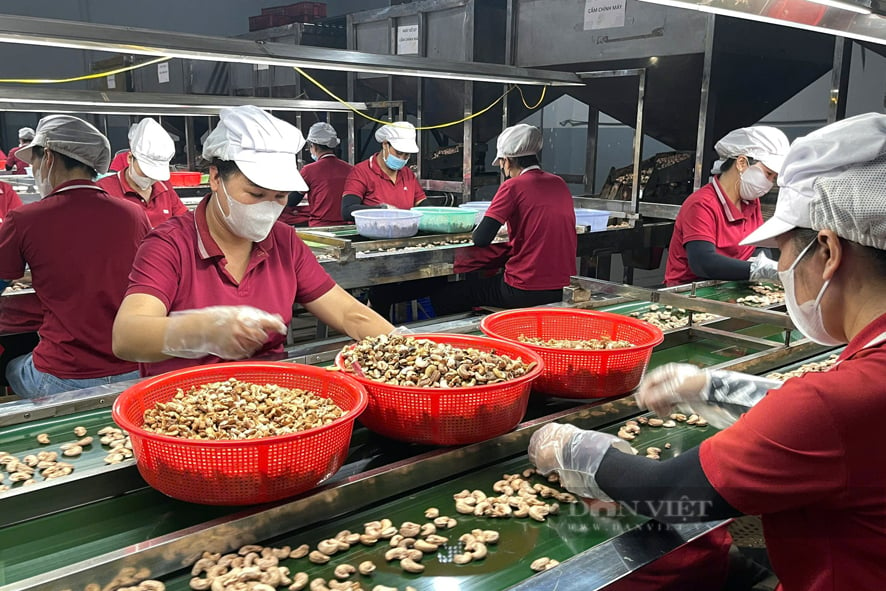
At a cashew processing factory for export in Bu Dang district, Binh Phuoc province. Photo: Hoang Hung
Similarly, with rubber trees, by 2030, Binh Phuoc strives for 100% of newly planted rubber areas to use standard varieties. Rubber planting will be organized in the direction of large-scale plantations, the rubber area implementing product consumption linkages will reach over 70%, the rubber area granted sustainable forest certification will be about 50-70 thousand hectares; 100% of Vietnam's latex and rubber wood will have planting area codes to trace the origin of the product.
Or pepper, by 2030, over 30% of pepper area will be grown according to GAP process and equivalent, pepper area will be granted growing area code to reach about 20%. Continue to innovate technology, ensure quality according to ASTA, ESA, JSSA standards.
The deep processing rate reaches about 30% of output (white pepper, ground pepper and other refined products); the black pepper rate is 70%, of which ground pepper is 20%; the white pepper rate is 30%, of which ground pepper is over 25%.
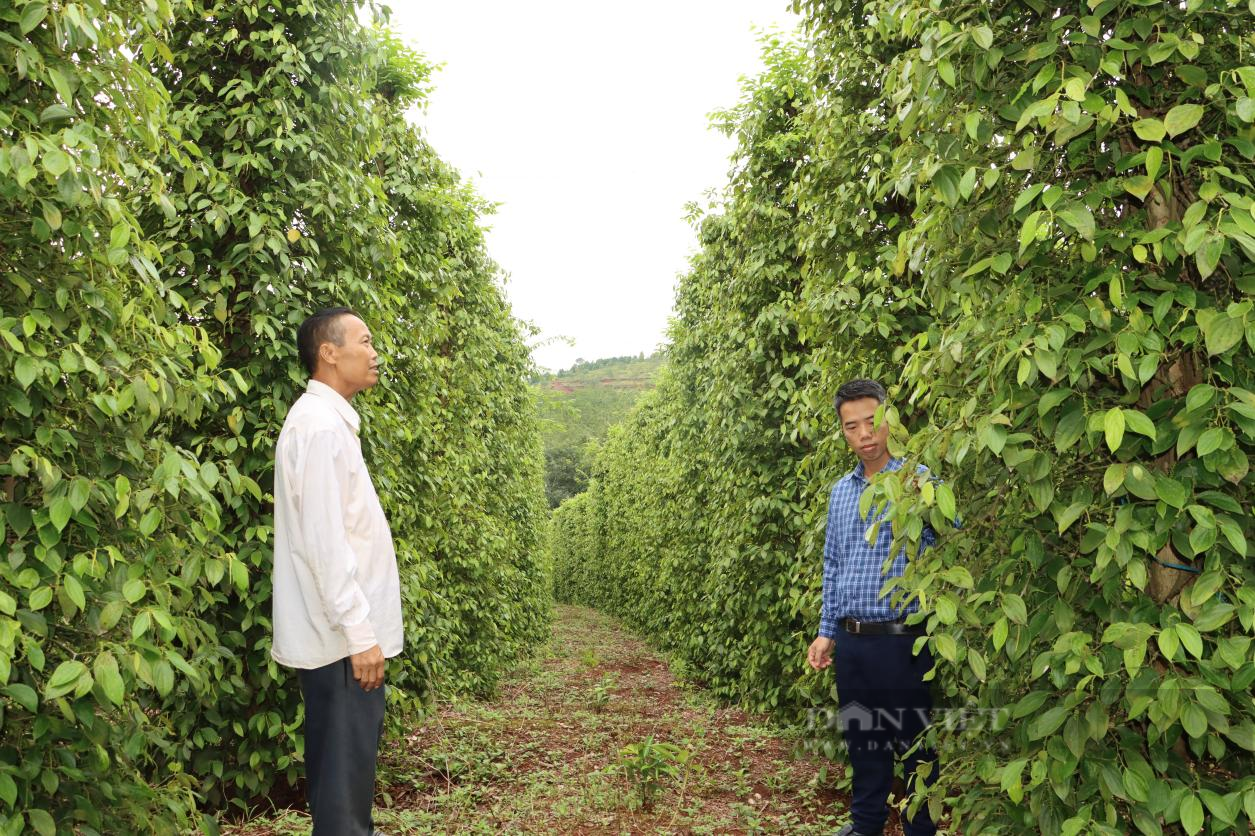
Pepper garden of farmers in Loc Ninh district, Binh Phuoc province, grown according to VietGap standards. Photo: Hoang Hung
And finally, coffee trees must develop coffee growing areas in the direction of landscape, places with favorable conditions, combining coffee growing areas with cultural development, tourism, services...
By 2030, 80-90% of newly planted coffee areas will use standard varieties. The area of organic coffee, specialty coffee, and coffee produced according to food safety and quality standards (RA, 4C) will be about 20-30%; over 70% of coffee areas will be granted a growing area code to trace the origin of the product.
The output of deeply processed coffee must reach about 20-25% of the total coffee output of the province. The output of exported coffee by 2030 will reach about 80-85% of the total coffee output of the province, of which deeply processed coffee participating in export will reach about 10-20%.
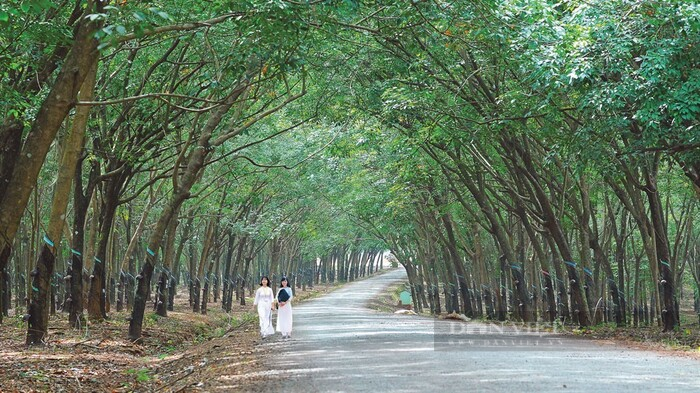
Rubber forest in Dong Phu district, Binh Phuoc province. Photo: Hoang Hung
Mr. Vu Hai Son - Chairman of Binh Phuoc Cashew Association, also Chairman of the Board of Directors of Long Son Joint Stock Company - said:
"The fact that the Binh Phuoc provincial government has proposed a project to develop four key crops demonstrates the determination of the leaders and people of Binh Phuoc province in developing the province's strengths in the agricultural sector."
According to Mr. Son, in the current southeastern provinces, only Binh Phuoc province has abundant land funds, both developing industrial crop areas and combining the development of industrial parks.
If Binh Phuoc knows how to exploit these strengths, with practical policies, the desire to bring the above 4 industrial crops to the top is completely possible, from now until 2030.
Source: https://danviet.vn/four-loai-cay-cong-nghiep-nao-vua-duoc-ubnd-tinh-binh-phuoc-dua-vao-phat-trien-den-nam-2030-20241110140554284.htm


![[Photo] Schools and students approach digital transformation, building smart schools](https://vstatic.vietnam.vn/vietnam/resource/IMAGE/2025/3/29/9ede9f0df2d342bdbf555d36e753854f)
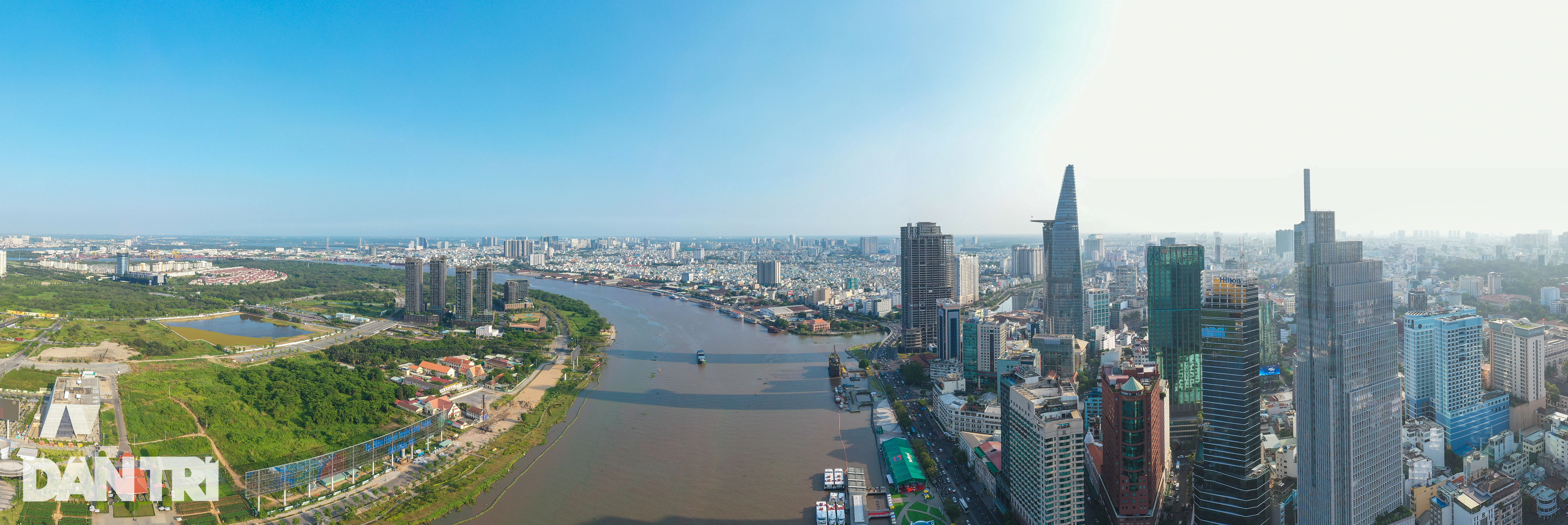
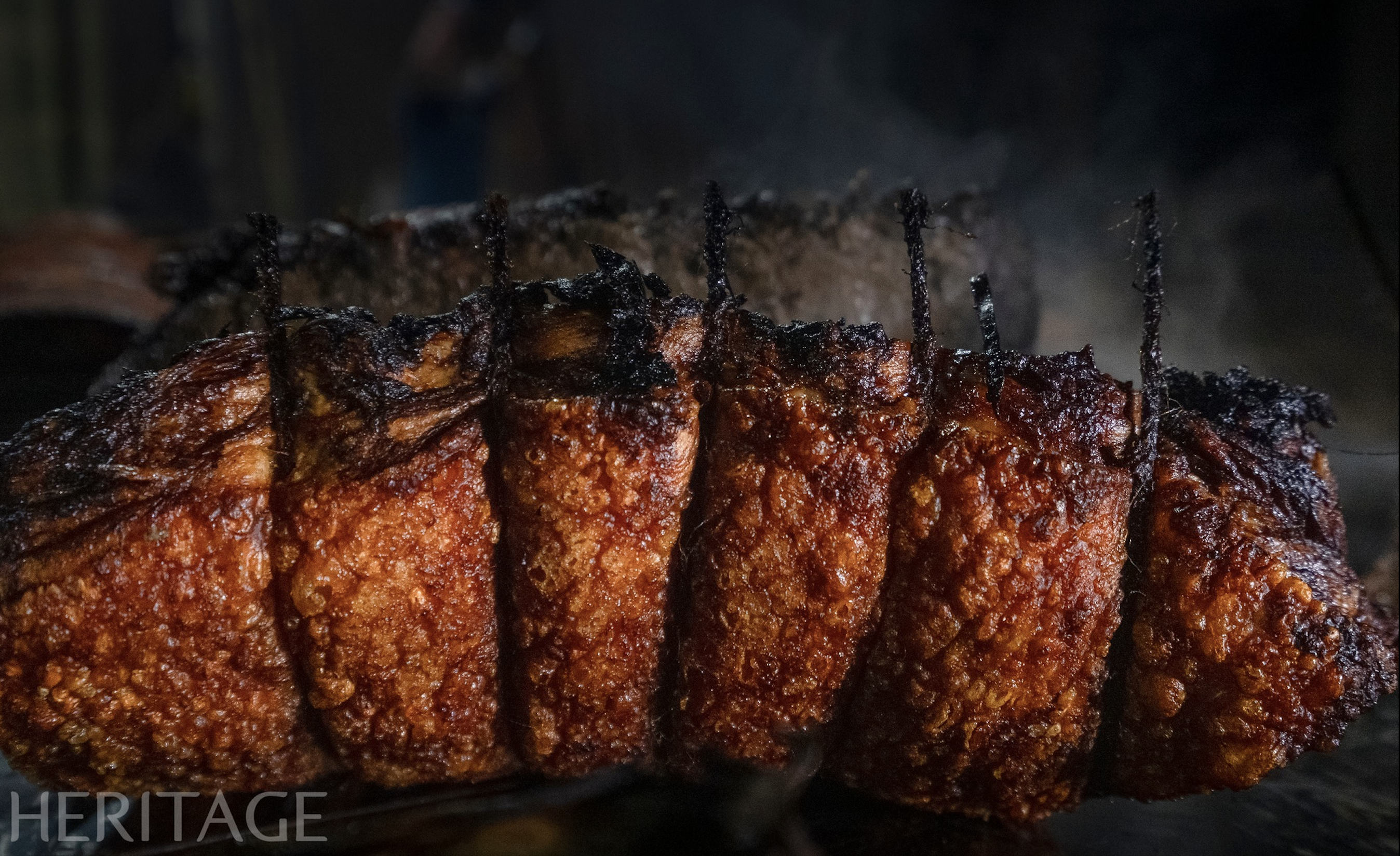
![[Photo] Unique Ao Dai Parade forming a map of Vietnam with more than 1,000 women participating](https://vstatic.vietnam.vn/vietnam/resource/IMAGE/2025/3/29/fbd695fa9d5f43b89800439215ad7c69)

![[Photo] Brazilian President visits Vietnam Military History Museum](https://vstatic.vietnam.vn/vietnam/resource/IMAGE/2025/3/29/723eb19195014084bcdfa365be166928)


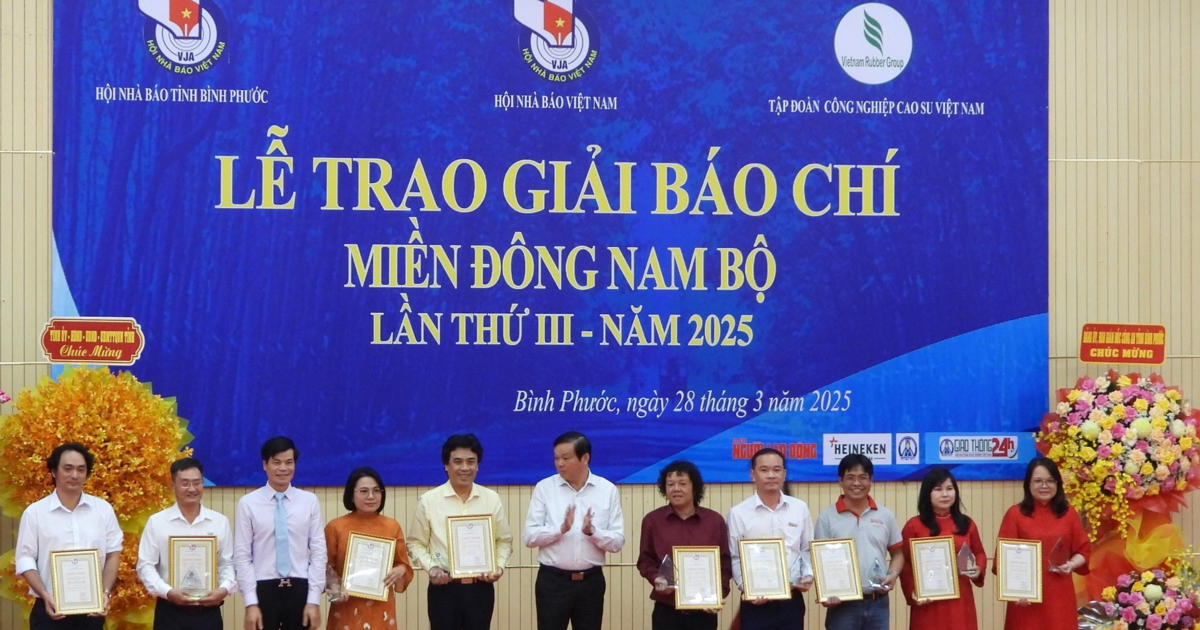

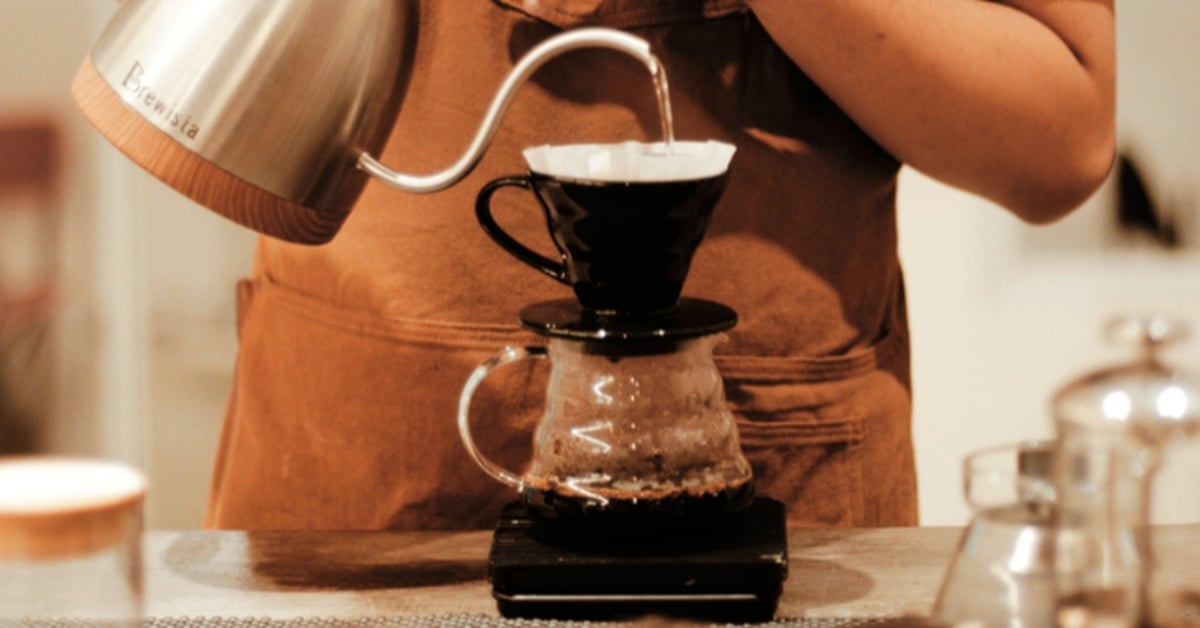

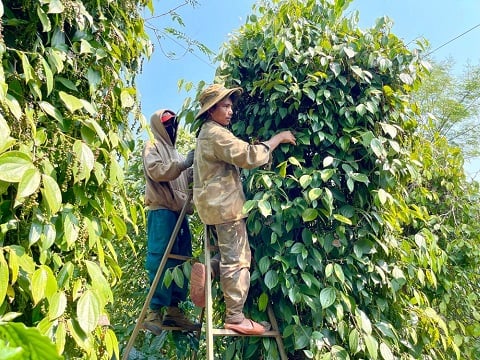



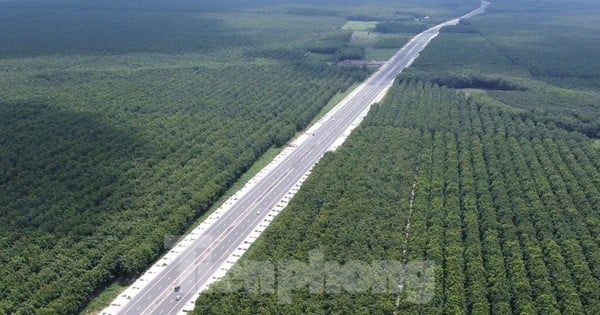
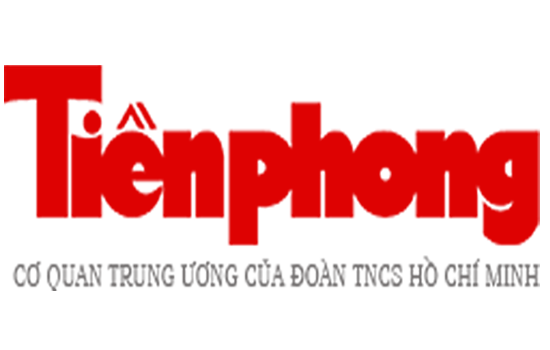
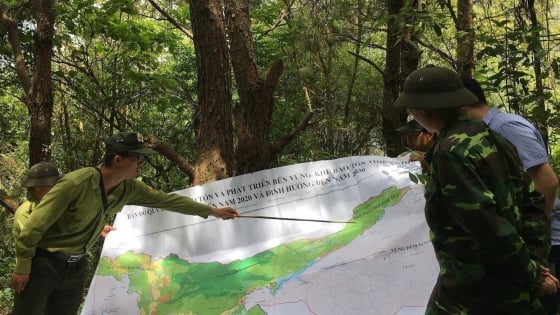

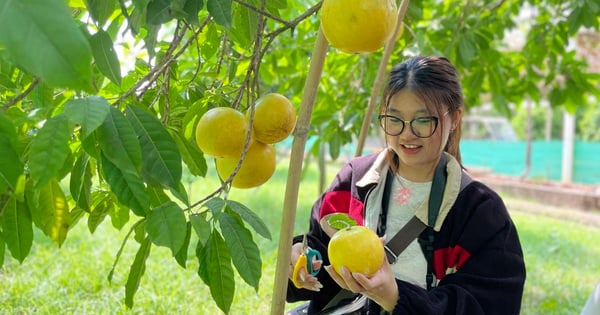
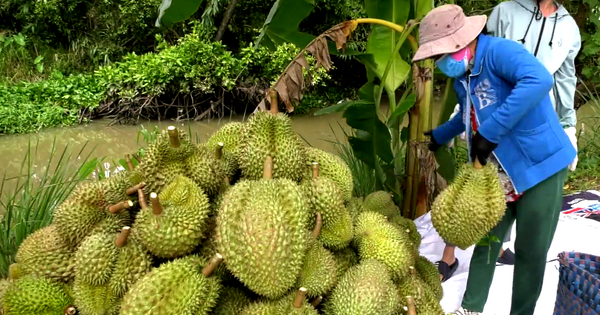
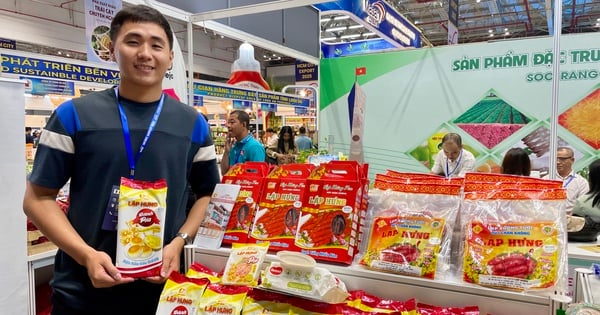
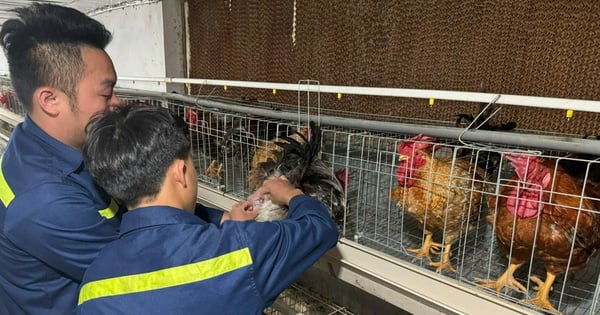




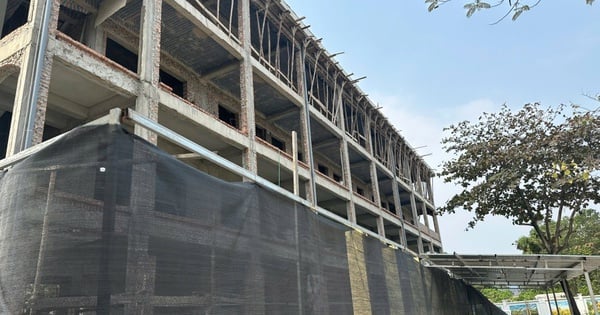
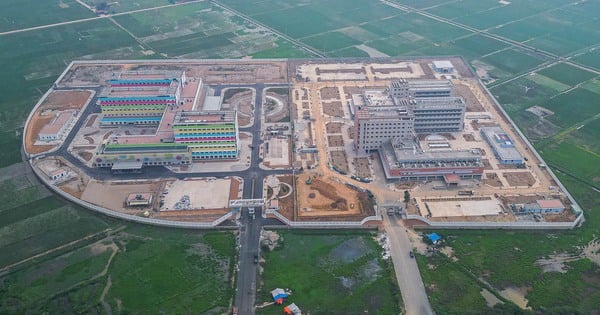
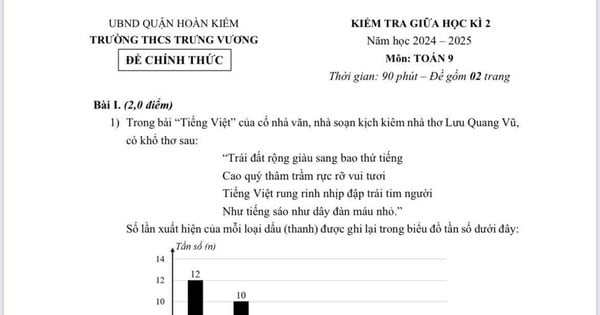

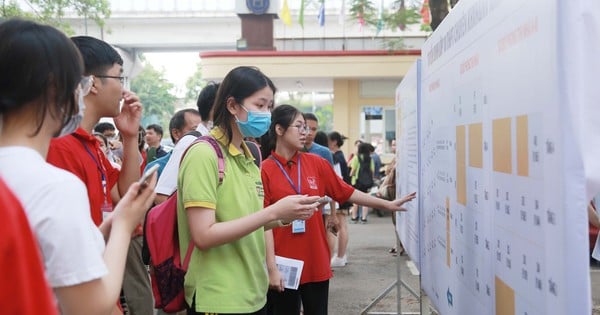






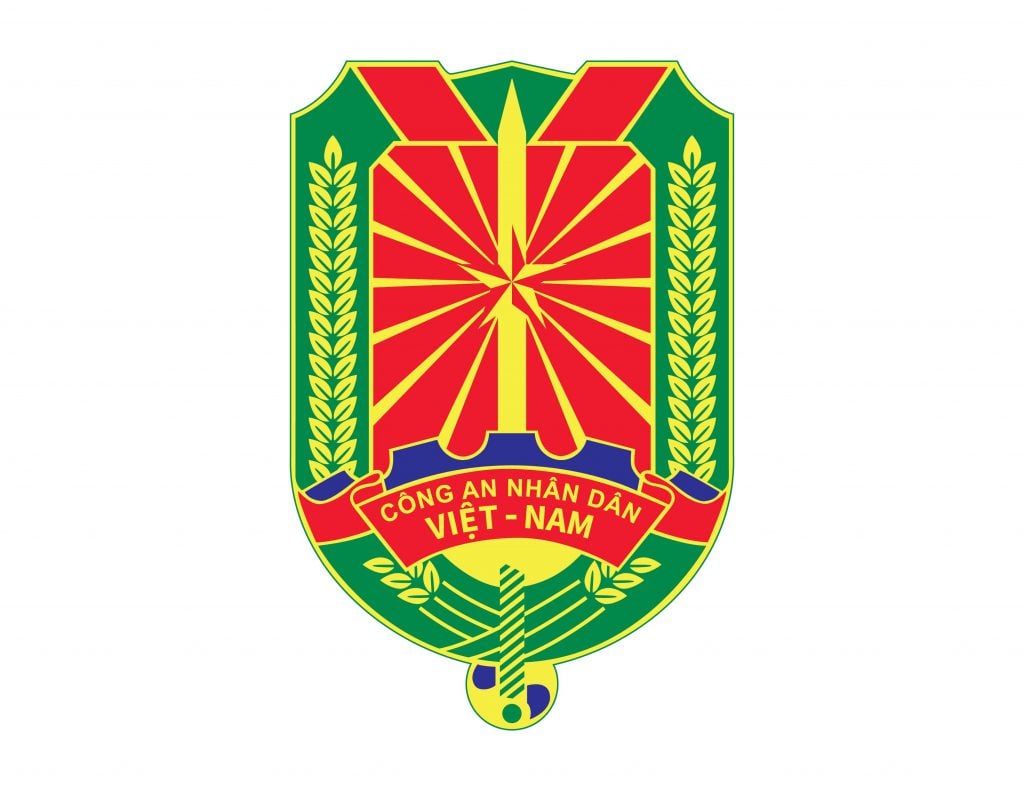

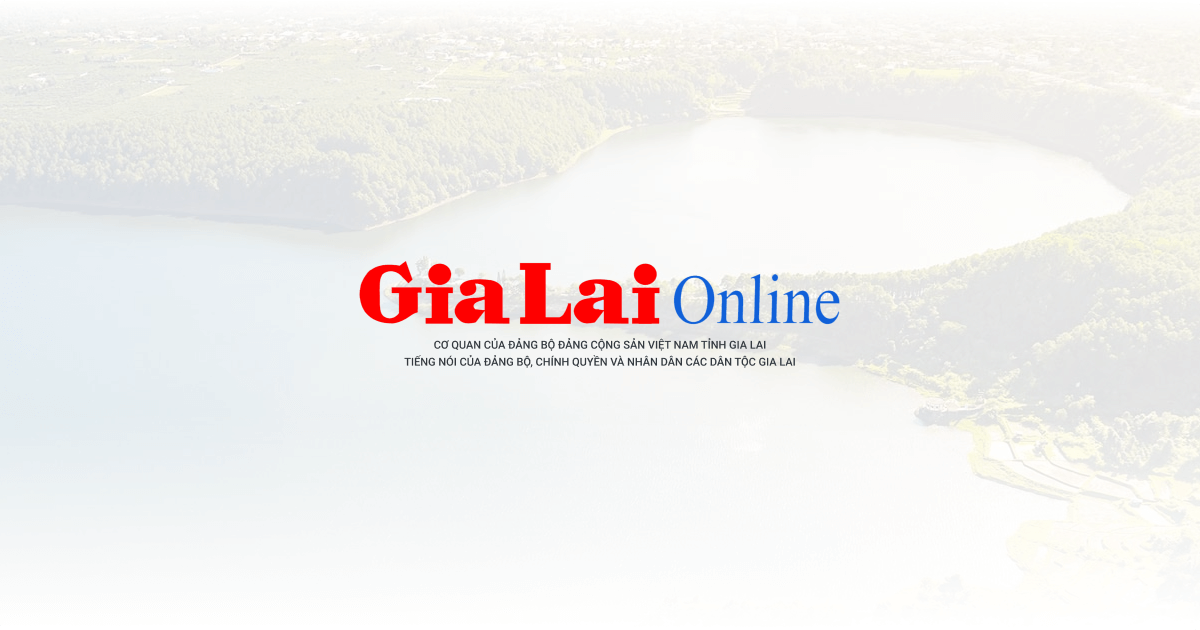
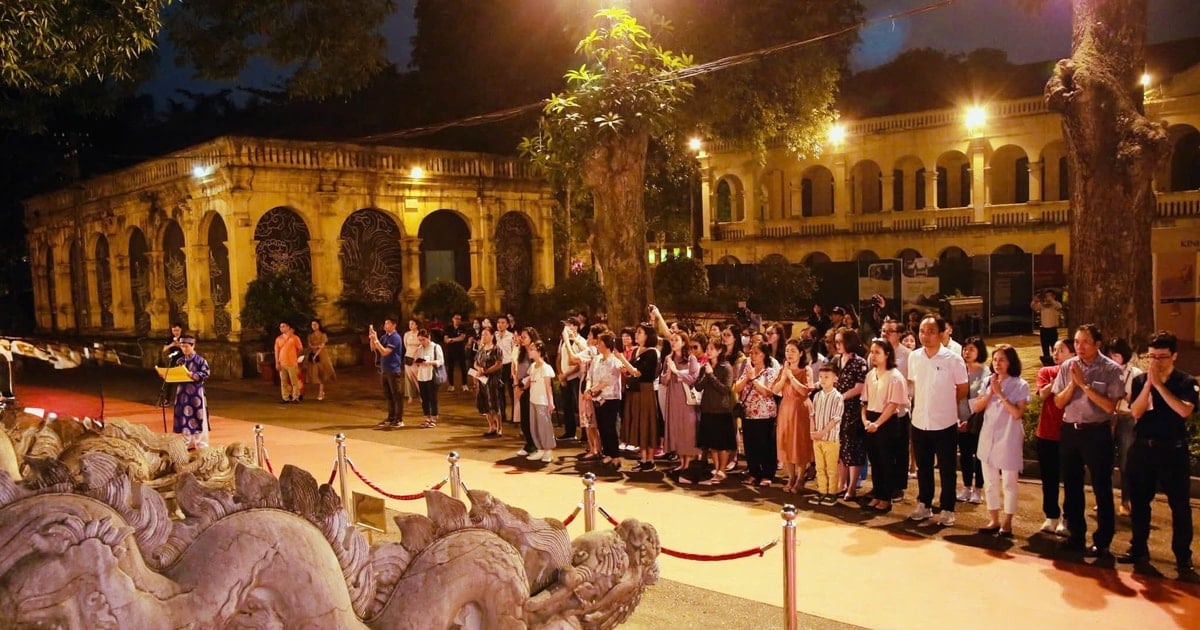

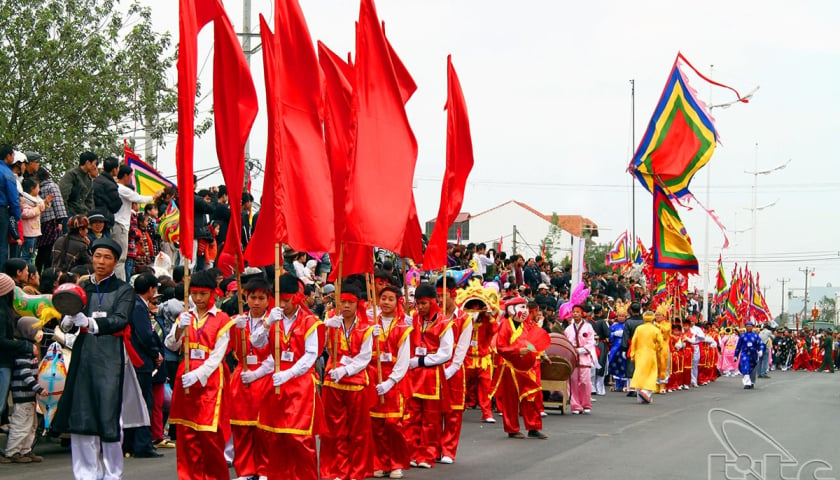




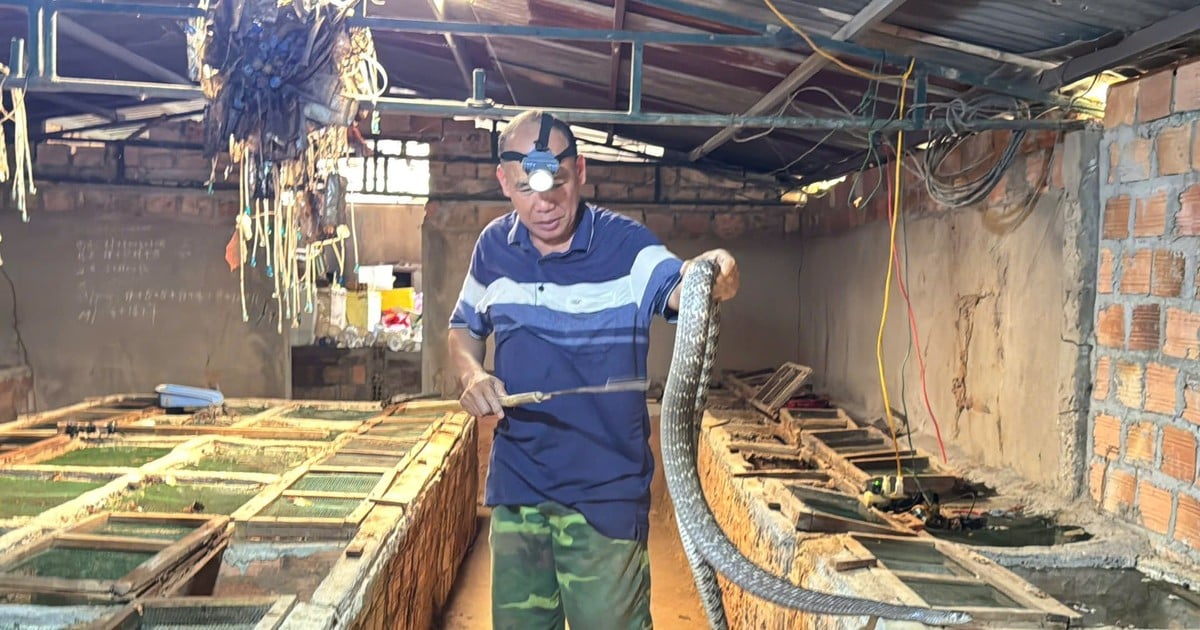
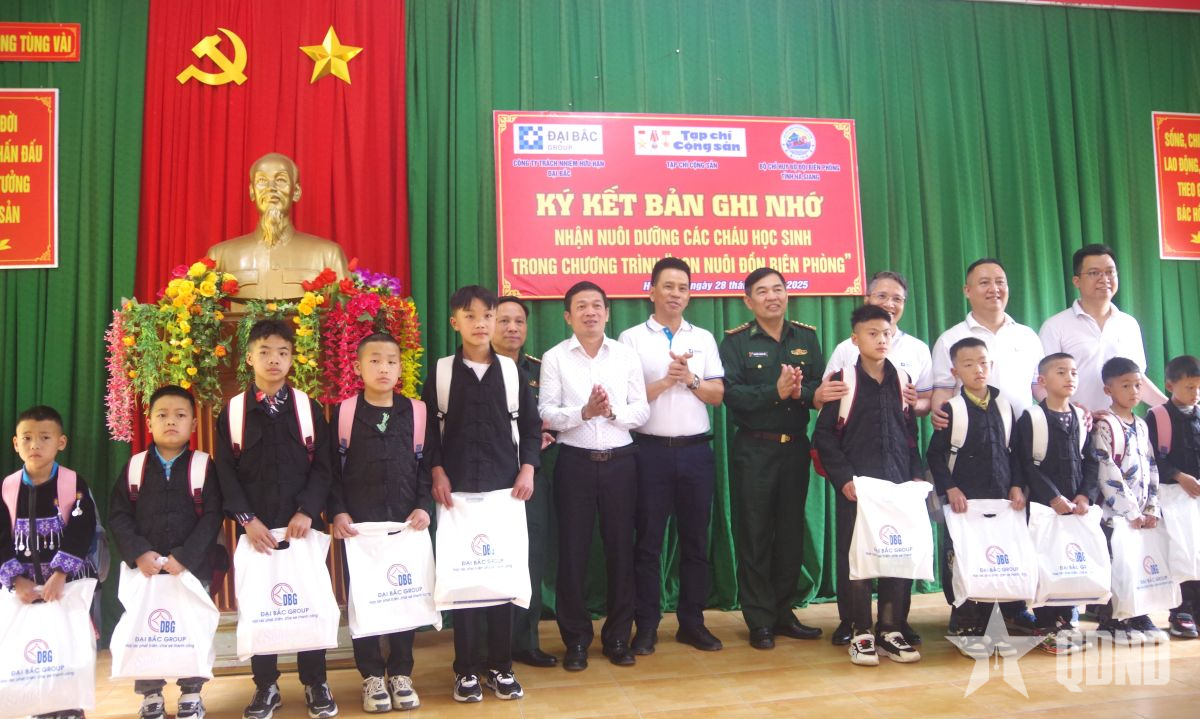
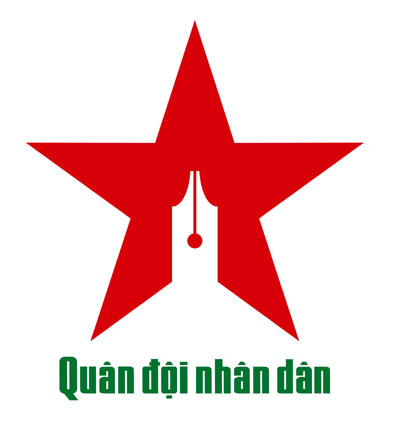
















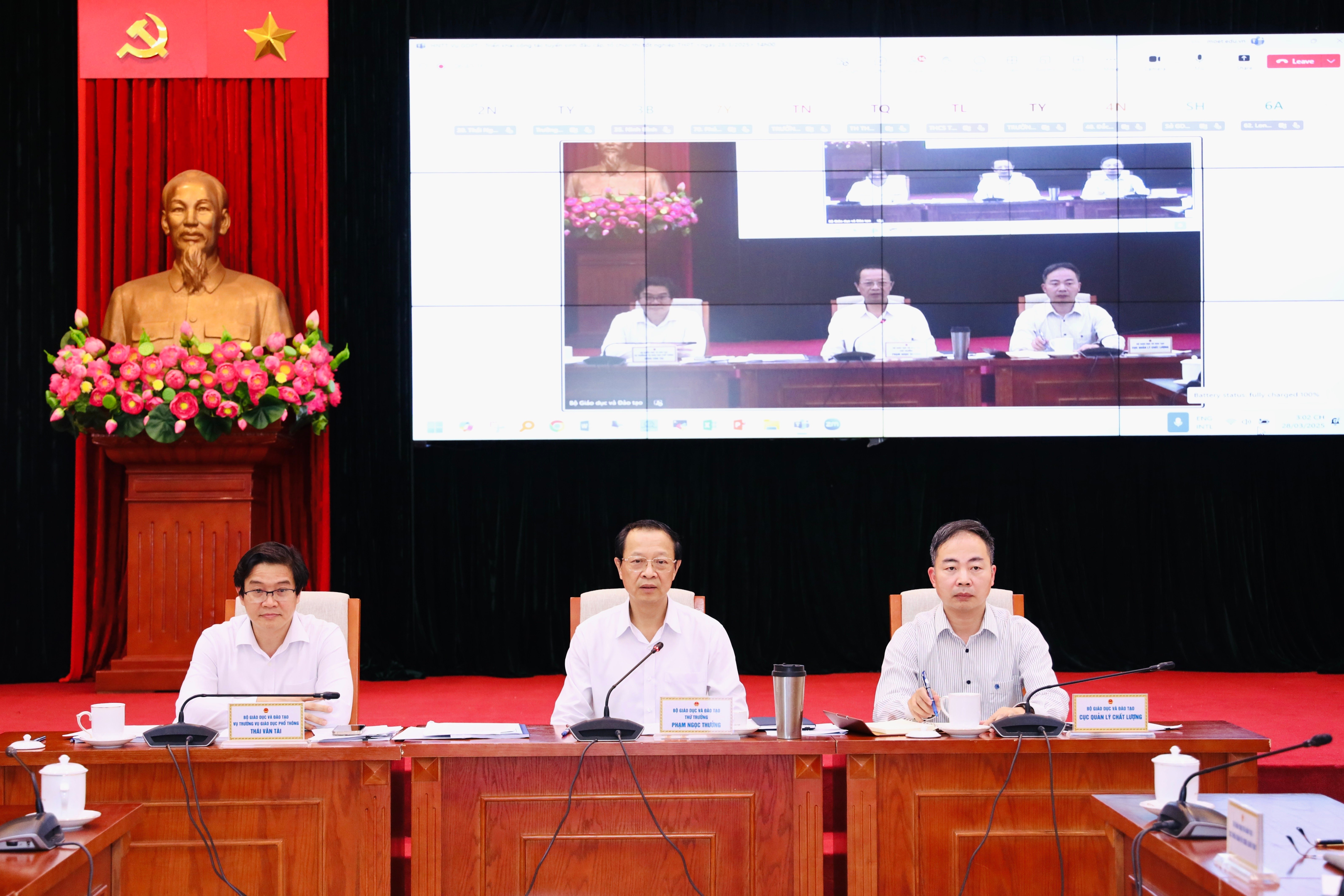




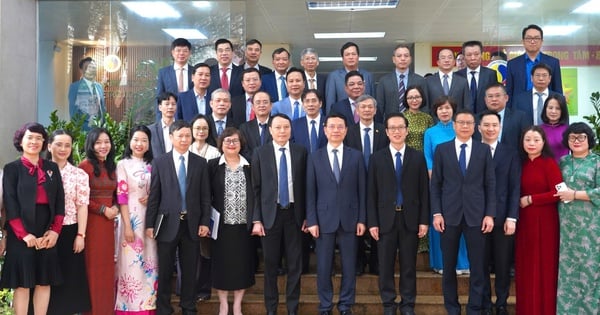




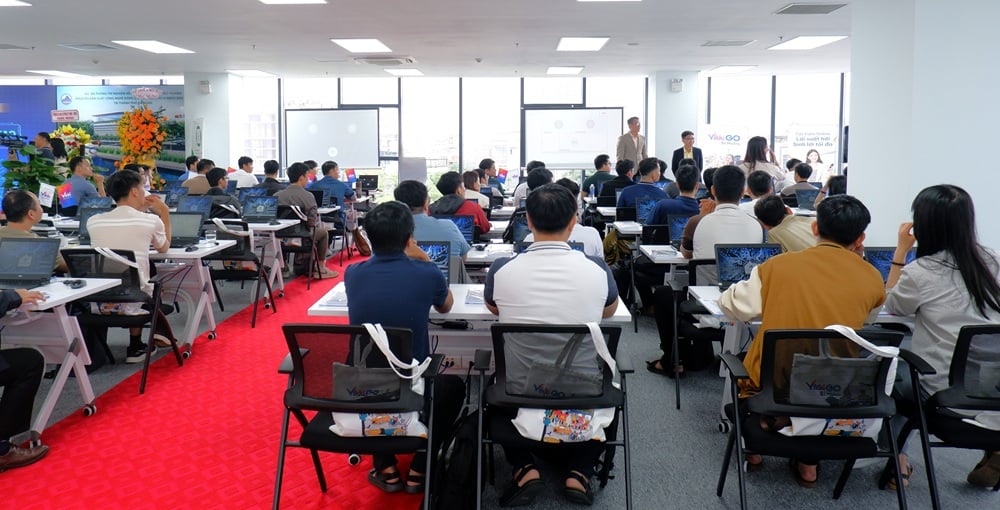

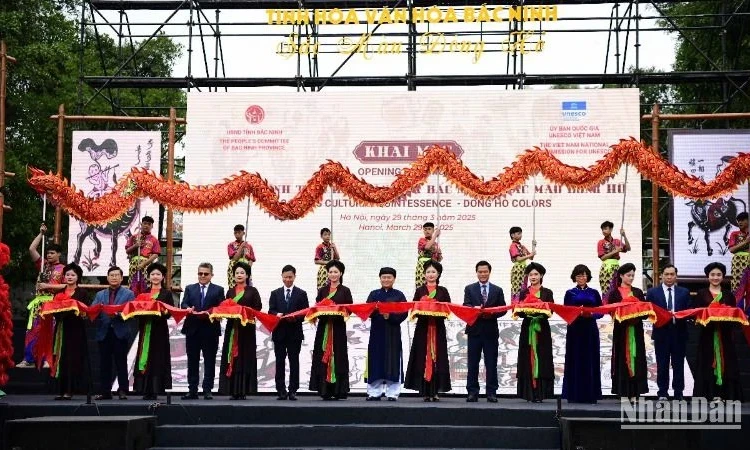



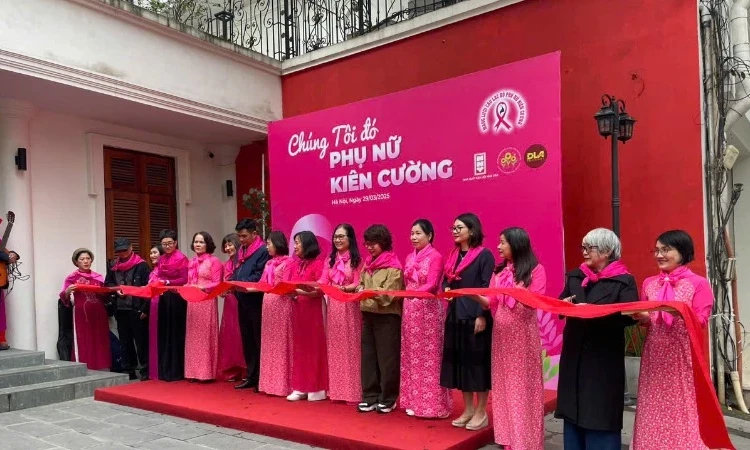
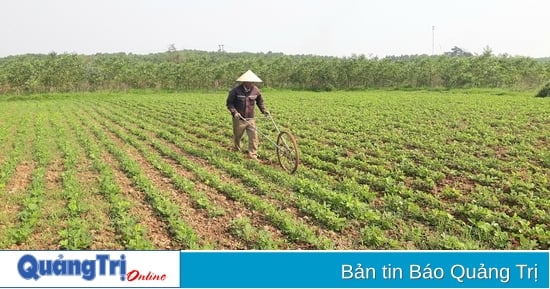

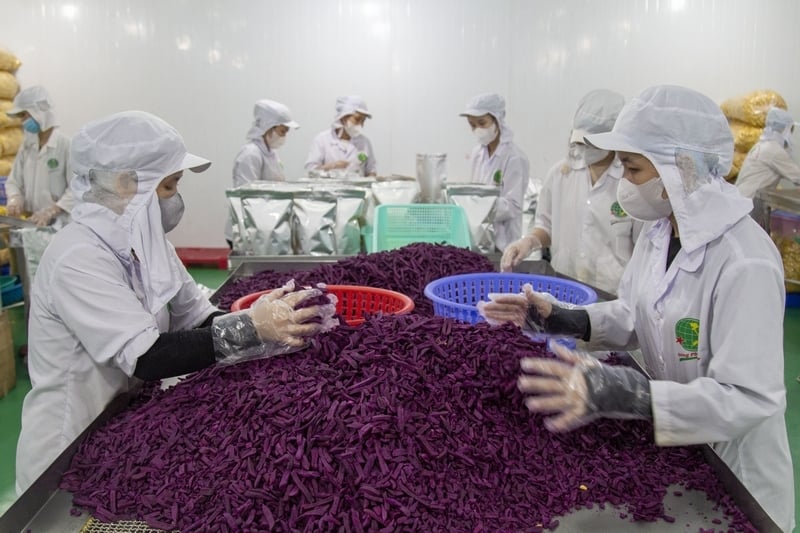
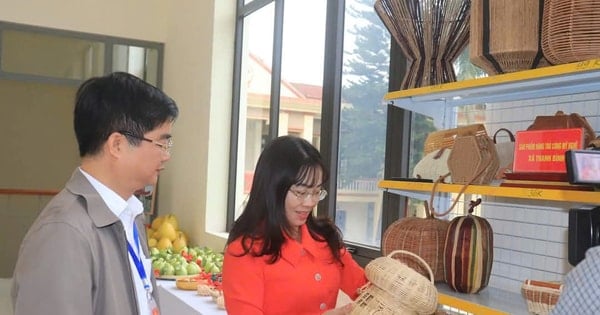

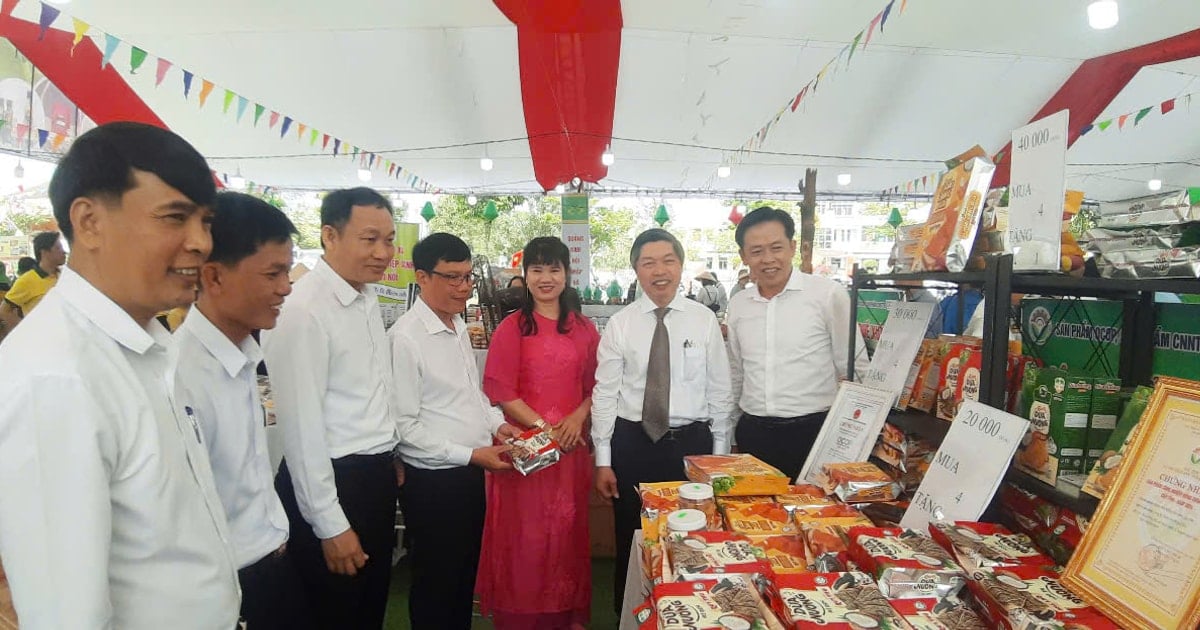
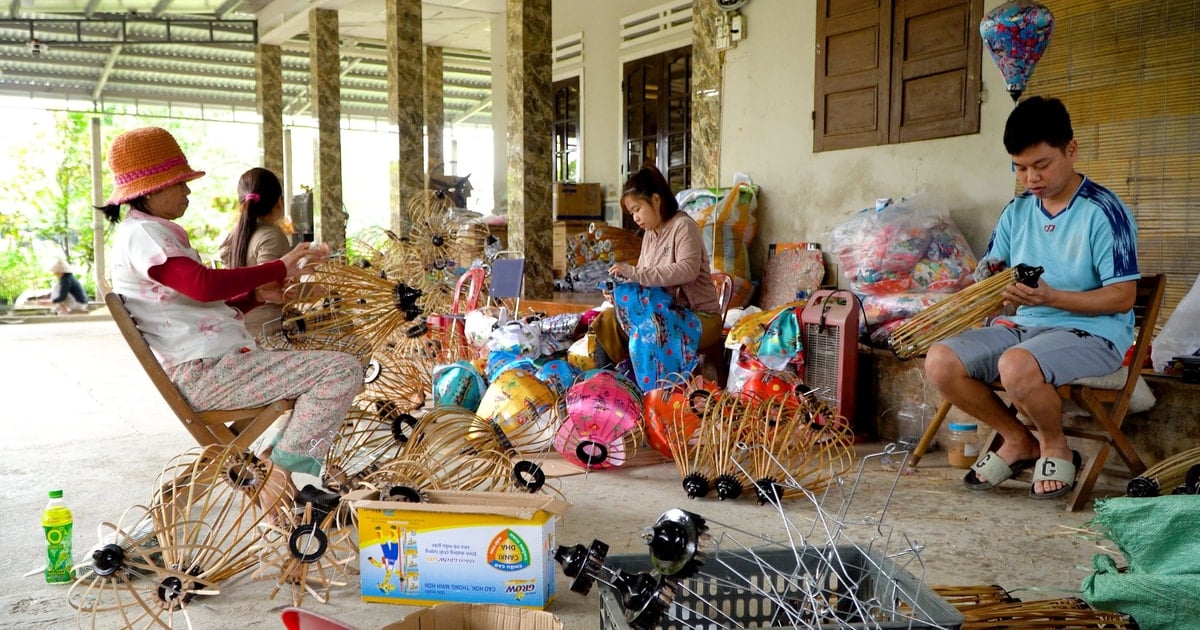


Comment (0)